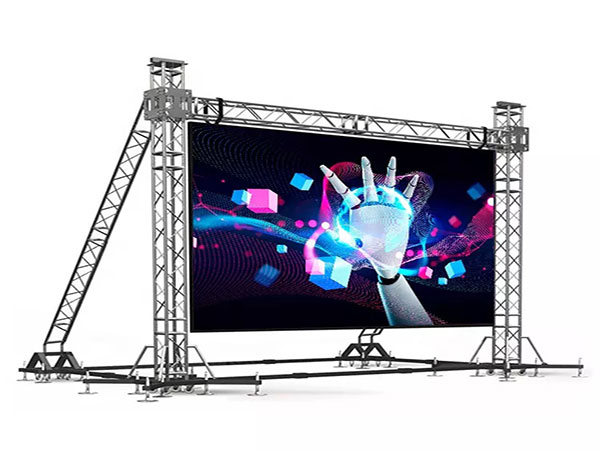The quality of the light-emitting diode elements plays a significant role in color uniformity. Different types of light-emitting diodes produce light at different wavelengths, which can affect the total hue result. Premium LEDs are designed to produce a more uniform light spectrum, resulting in better hue accuracy. Additionally, the manufacturing process of these LEDs can impact their performance. Screens made with superior materials and technology tend to have fewer color variations, ensuring that the displayed images and footage look lively and faithful to life.

Tuning is another essential factor in preserving hue consistency in light-emitting diode wall screens. Calibration entails adjusting the configurations of the panel to ensure that the hues shown match the intended appearance. This process can include adjusting luminosity, contrast, and color equilibrium. Regular tuning is essential, especially in environments where lighting factors change often. By calibrating the panels, specialists can fix any discrepancies in color result, resulting to a more uniform viewing experience.
Surrounding factors also affect color uniformity in LED wall screens. Factors such as ambient light, heat, and moisture can influence how colors are seen. For example, intense ambient light can wash out colors, making them look more vibrant. Similarly, extreme temperatures can influence the functionality of the light-emitting diodes, leading to color shifts. To reduce these problems, it is crucial to install LED wall panels in managed settings where illumination and temperature can be controlled efficiently.
Finally, the layout and arrangement of the light-emitting diode wall panels can impact color consistency. The configuration of the screens, as well as the spacing from which they are viewed, can create variations in color recognition. When panels are placed too far apart or at different positions, audiences may detect discrepancies in color. To achieve the best visual performance, discover this info here it is crucial to take into account the positioning and arrangement of the panels during installation. By addressing these elements, users can guarantee that their light-emitting diode wall panels deliver a consistent and high-quality optical encounter.